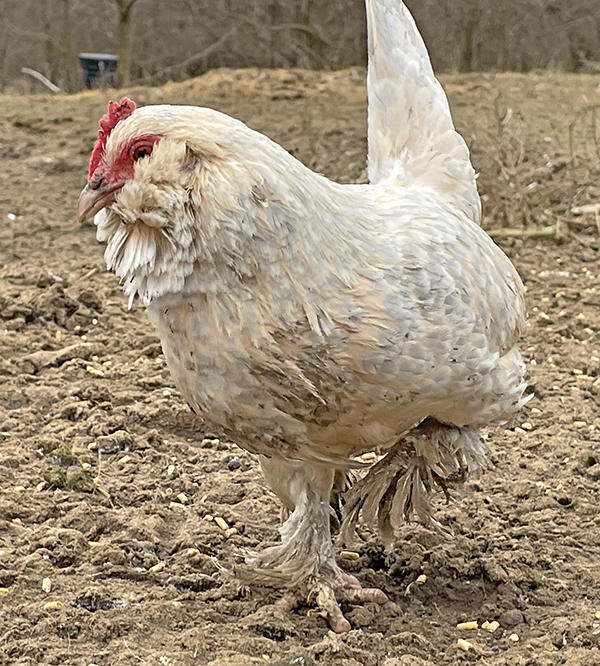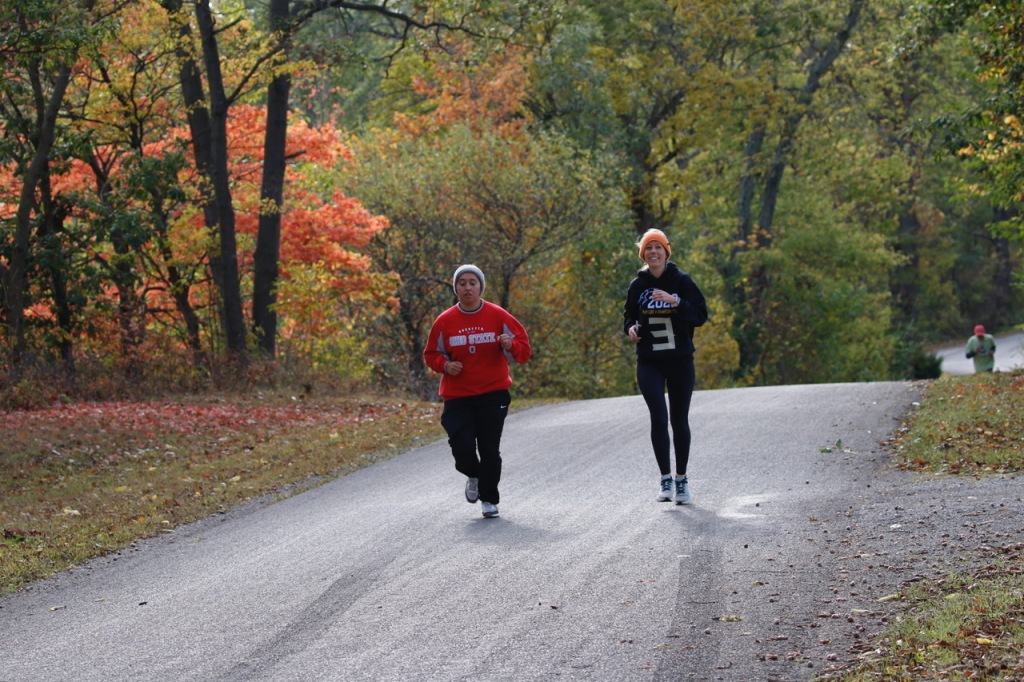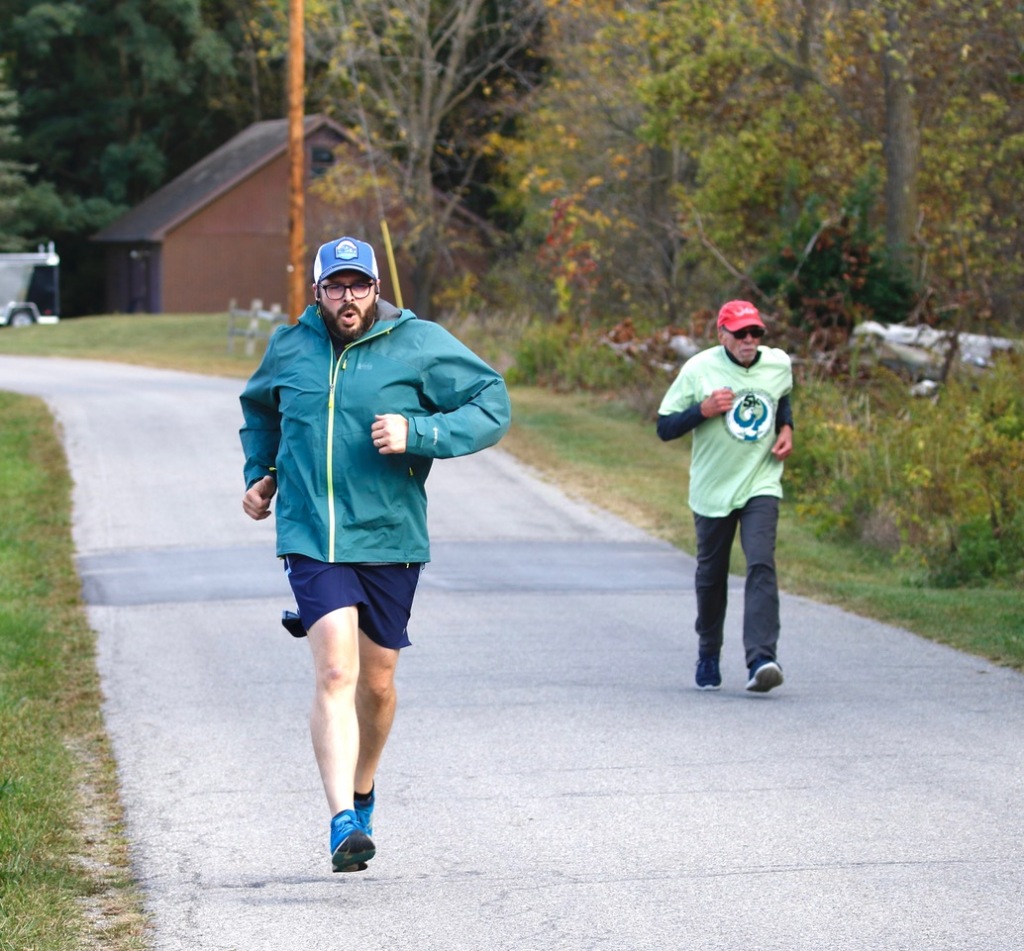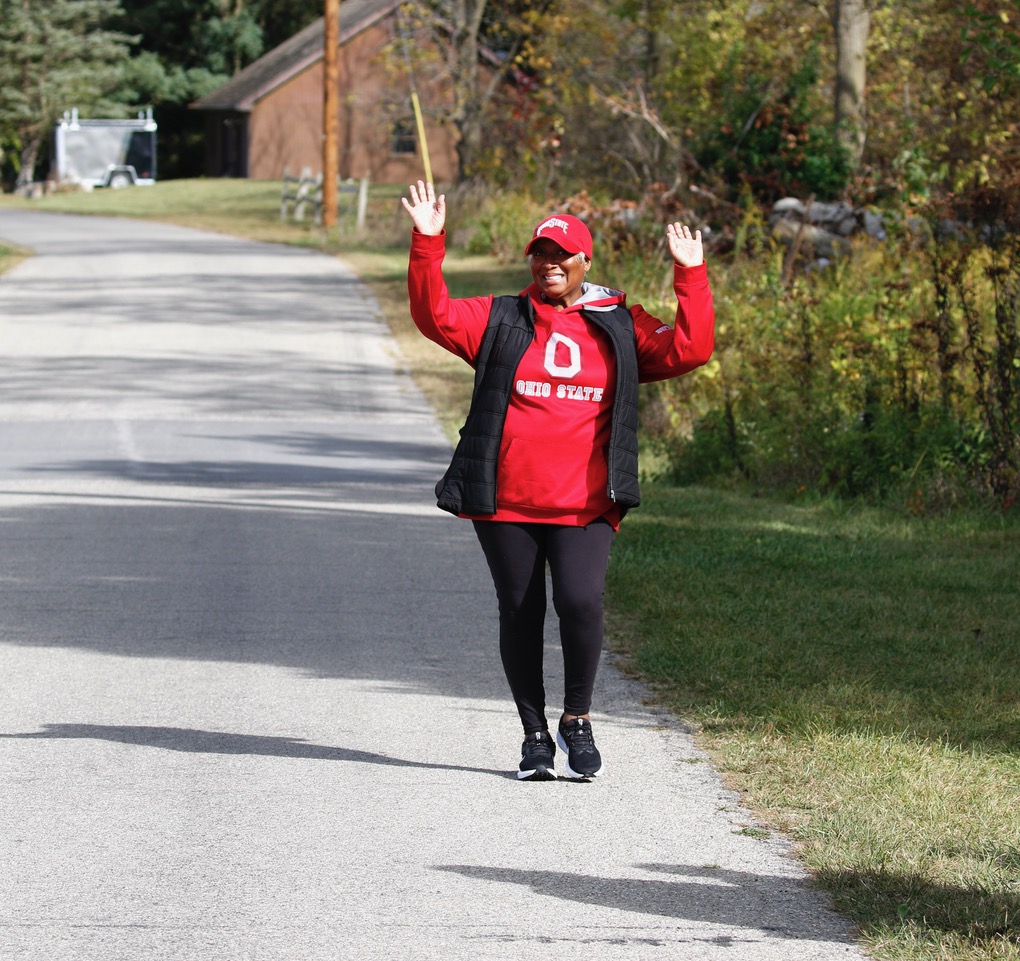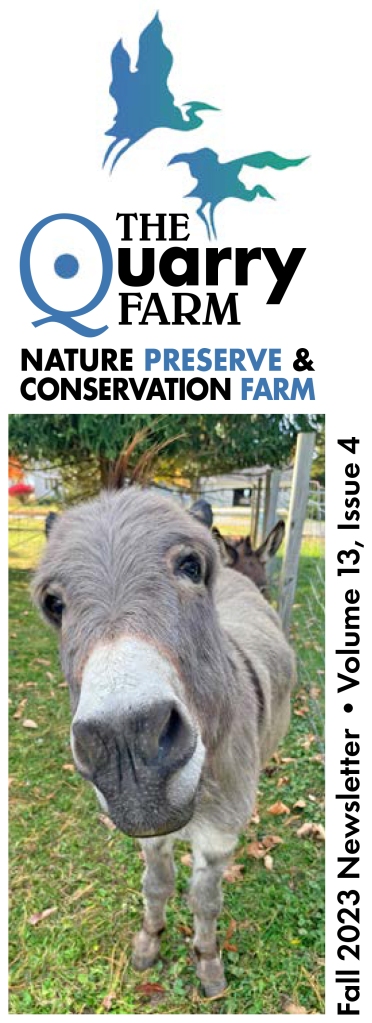
Download Winter 2021 Newsletter
The other day I stopped my car beside a roadside juniper to watch a flock of small birds feeding on frosty blue berries fallen on snow. The scene reminded me of a more somber one of 42 years ago: The blizzard of ’78 had struck with icy fury. The deck where my husband and I kept several feeders drifted so rapidly that soon frantic, hungry birds couldn’t reach their food. Lashing snow drifted high and fast on the sliding doors and froze solid in the near zero-degree temperatures, effectively blocking our attempts to help them. When the blizzard finally quieted, countless birds had starved and frozen to death. Bodies of blue jays and other species littered our deck. Farther out in the countryside, populations of quail and other seed-eaters like the jays were decimated. The quail have never recovered around here (habitat loss hasn’t helped), and it took a long time for jays to come back in any numbers.
The shocking images of those birds losing their battle against insurmountable odds made a lasting impression on my husband and me, causing us to see our pleasant pastime of feeding the birds in a more serious light. Doing a good job that matters to their survival, we understood, takes more than throwing out buckets of birdseed. While not every winter produces a catastrophic blizzard, even in a mild winter, birds face challenges and the more accurately we can meet their food needs, the better their chances. Scientific studies from The Cornell Lab of Ornithology and other institutions, observations from the Audubon Society and the legions of birders like Quarry Farm Board member Deb Weston continue to enlighten us about such issues as how to feed the birds with specially adapted feeders (an interesting subject for another time), what foods are most nutritious—and what we shouldn’t feed them. For example, we’ve been told that bread, fresh or dried, offers no nutrition to birds and can be deadly if it contains mold; and table scraps can be sickening.
Thanks to the studies, a lot of sound information is available now about what to feed birds throughout the year. In a recent online search I found several detailed articles about the best foods for the birds we see in our NW Ohio backyards right now, when they especially can use the help. The food considered the best for the most species is black oil sunflower seed. One writer calls it “the hamburger of the bird world.” The shells are thinner than those of striped sunflower seeds, making the nutritious, high-calorie content easier to reach. Another good high-fat bird food is suet, raw from the butcher shop or rendered and formed into blocks containing seed mixes. The blocks tend to last longer than raw suet, which can melt and become rancid more quickly in warmer temperatures.
Small finches love thistle seed (also, nyjer). Something to keep in mind when feeding thistle seed is that it can quickly become moldy and rancid when wet. A sure sign of thistle seed gone bad is that birds stop eating it. Woodpeckers, jays, nuthatches, chickadees and titmice, and to a lesser extent finches and cardinals, like peanuts—shelled, dry-roasted and unsalted. Birds will go for peanut butter (not peanut “spread”), as well, rubbed into bark, packed in pine cones, etc. Many small ground-feeding birds such as juncos, sparrows and doves like the starchy content of white proso millet. Cracked corn appeals to sparrows, blackbirds, jays, doves (and squirrels) and many other birds.
If you feed a seed mix, as I suspect most of us do, read the label to make sure it’s a good one with large amounts of the seeds mentioned here, and very little junky filler. Or you can buy the individual seeds in bulk and mix your own.
There is so much more to know about helping birds survive the extremes of winter and mounting pressures of other kinds. The rewards of making the effort are great for all of us.
—The Quarry Farm Gardener




